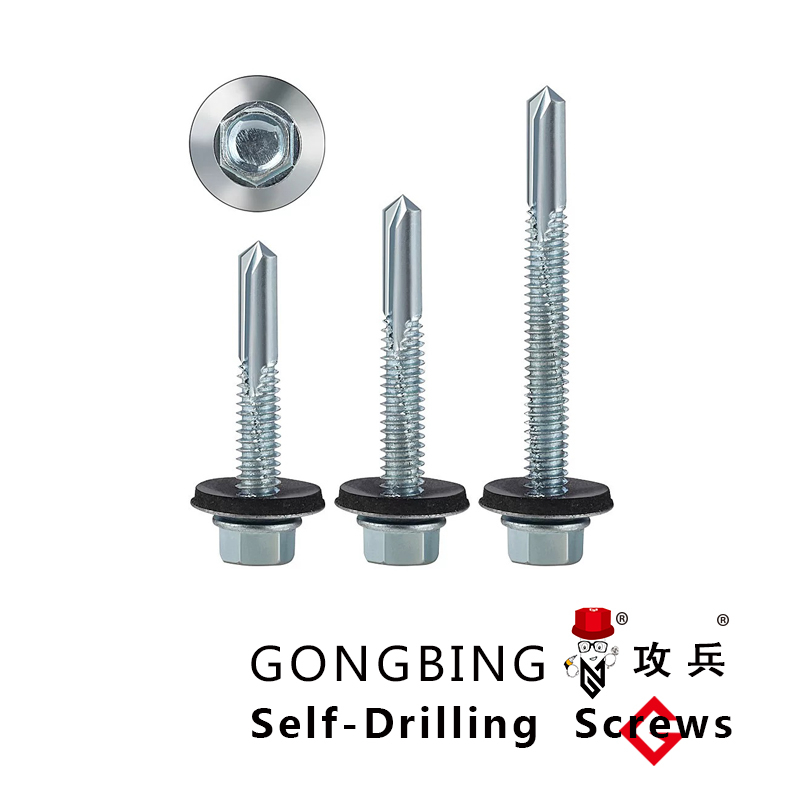Metric Double Ended Studs for Reliable Fastening Solutions in Engineering Applications
Understanding Metric Double Ended Studs Specifications, Use Cases, and Benefits
In the ever-evolving landscape of engineering and construction, the choice of fasteners plays a crucial role in the integrity and durability of structures. Among the diverse array of fasteners, metric double ended studs have emerged as indispensable components in various applications. This article delves into the essential specifications, applications, and advantages of metric double ended studs.
What Are Metric Double Ended Studs?
Metric double ended studs are cylindrical fasteners featuring threads on both ends, allowing them to be inserted into a host material while providing threads for a nut or another component on both sides. Generally made from materials such as steel, stainless steel, or other alloys, these studs are designed to meet specific metric standards, notably defined by ISO (International Organization for Standardization). Their unique design facilitates secure fastening in applications requiring simultaneous attachment to multiple components.
Specifications of Metric Double Ended Studs
1. Dimensions and Thread Types Metric double ended studs come in various lengths and diameters, commonly expressed in millimeters. They are categorized based on thread pitch, which refers to the distance between adjacent threads. For example, M8 x 1.25 indicates a metric stud with an 8mm nominal diameter and a thread pitch of 1.25mm.
2. Material Strength The material used to manufacture metric double ended studs significantly influences their load-bearing capacity and corrosion resistance. Common grades include - Grade 8.8 A medium-strength steel suitable for general applications. - Grade 10.9 A high-strength steel ideal for heavy-duty applications where tensile strength is crucial. - A2 and A4 Stainless Steel These grades offer enhanced corrosion resistance, making them suitable for outdoor and marine applications.
3. Surface Treatment To further protect against environmental factors, metric double ended studs may undergo surface treatments, such as galvanization or coating, enhancing their durability and lifespan.
Applications of Metric Double Ended Studs
1. Construction In building and construction, metric double ended studs serve as essential components that connect structural elements, such as beams, columns, and plates. Their ability to join parts from either side makes them ideal for applications where space is limited or access is difficult.
metric double ended studs

2. Automotive Industry Used in engine assembly and chassis, metric double ended studs provide a robust connection for various engine components. Their reliability is crucial in high-stress environments where vibration and forces are prevalent.
3. Machinery In machinery and equipment manufacturing, these studs are utilized to secure parts within machines, allowing for efficient assembly and maintenance. Their dual-threaded design ensures simple disassembly and repair.
4. Furniture Manufacturing Metric double ended studs are also prevalent in the furniture industry, where they provide strength and stability as connectors in modular furniture systems. This design allows for easy assembly and disassembly, catering to consumer needs for flexibility.
Benefits of Using Metric Double Ended Studs
1. Versatility One of the primary advantages of metric double ended studs is their versatility. They can be used in a wide range of applications across different industries, making them a go-to fastener solution for engineers and designers.
2. Ease of Installation With threads on both ends, double ended studs simplify the installation process. They allow for simultaneous tightening of nuts on either side, reducing the time and effort needed for assembly.
3. Enhanced Strength The dual-thread design provides better load distribution, allowing for higher joint strength compared to conventional bolts or screws. This characteristic is especially important in heavy-duty applications where safety and reliability are paramount.
4. Reusability Due to their robust construction and design, metric double ended studs can be reused in various applications. This not only saves costs but also promotes sustainability by reducing waste.
Conclusion
In summary, metric double ended studs are vital components across various sectors, offering a blend of strength, versatility, and ease of installation. As industries continue to demand innovative and efficient fastening solutions, understanding the specifications and advantages of these studs will remain crucial for engineers and designers alike. Whether in construction, automotive, or machinery, the role of metric double ended studs can’t be overstated, affirming their place as essential tools in modern engineering and construction practices.
-
Weatherproof Plastic Expansion Anchors for OutdoorNewsJun.06,2025
-
Sustainability in the Supply Chain: Eco-Friendly TEK Screws ProductionNewsJun.06,2025
-
Load-Bearing Capacity of External Insulation FixingsNewsJun.06,2025
-
Double Head Bolts: Enhancing Efficiency in Industrial MachineryNewsJun.06,2025
-
Corrosion Resistance in Chipboard Screws: Coatings for Wholesale DurabilityNewsJun.06,2025
-
Butterfly Toggle Bolts : Enhancing Structural ResilienceNewsJun.06,2025
